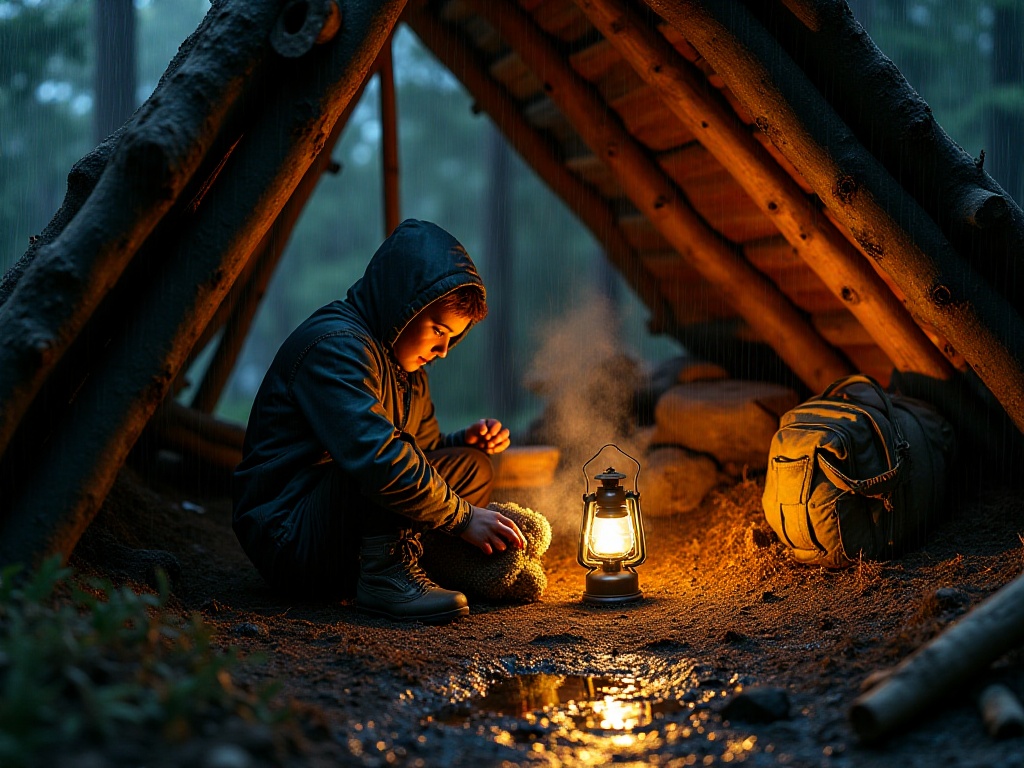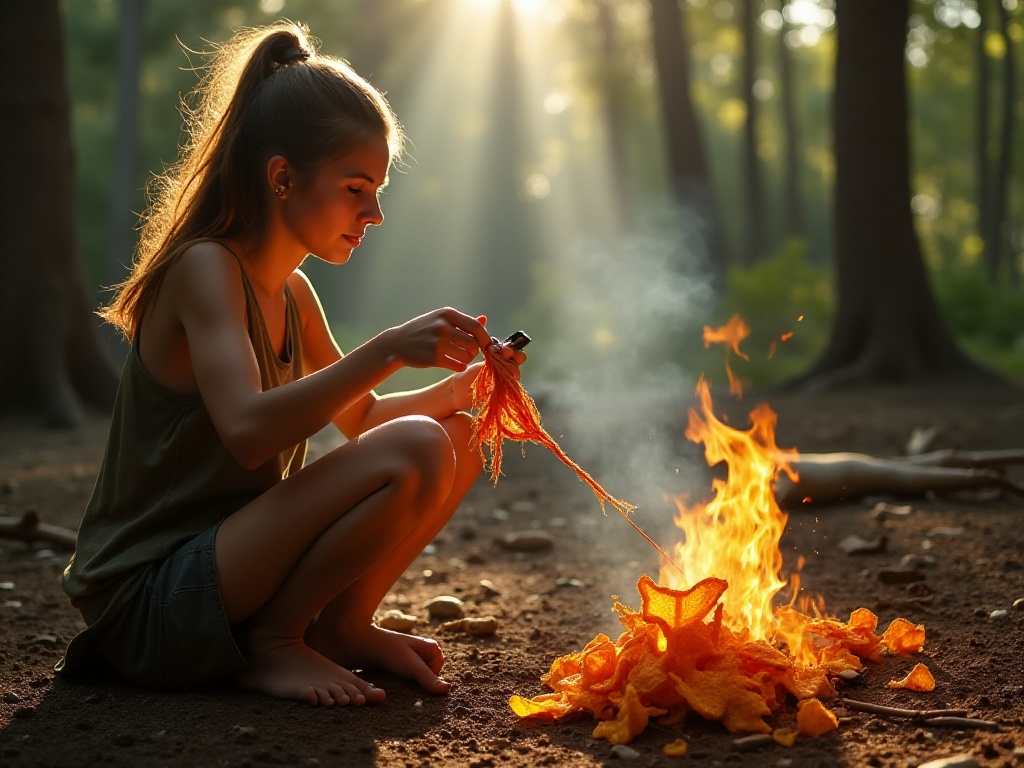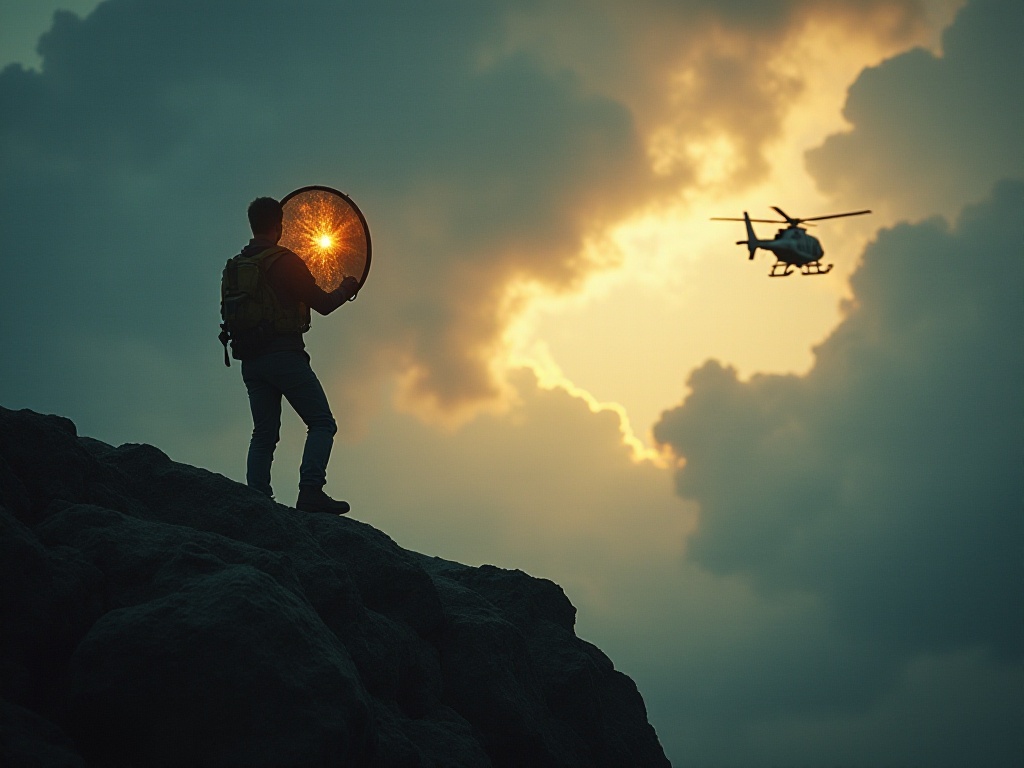Opening Thoughts
Hello everyone, I'm Old Wang, a survival enthusiast with over ten years of experience in the wilderness. Looking back, these years of outdoor experience have truly helped me grow. Every time I see news reports about people getting into trouble in the wild, I feel compelled to share my experience. You might not know this, but globally there are over 2,000 wilderness emergency incidents annually, and 80% of them are completely preventable! They happen due to insufficient preparation or lack of basic survival skills.
As a veteran who frequently guides newcomers, I deeply understand that in the wilderness, even a small oversight can lead to fatal dangers. I remember meeting a couple who ventured deep into the mountains with just some snacks and water, not even a compass. If they hadn't fortunately run into me, they might have needed to call for emergency help. So today, I want to share my years of accumulated experience with everyone, hoping to help more outdoor enthusiasts avoid common pitfalls.
Equipment Preparation
When it comes to wilderness survival equipment, it's truly a complex subject. When I first started getting into wilderness survival, I was a complete novice. My first camping trip was an absolute disaster - I only brought a tent and sleeping bag, without even a moisture pad, and ended up shivering all night. Worse still, it started pouring rain that day, and my non-waterproof backpack let all my clothes get soaked - what a mess!
After many such lessons, I've compiled a comprehensive equipment list. Let's start with the survival toolkit, which is absolutely essential equipment. I've seen too many people think wilderness survival is just about wandering around, only to be stumped when they encounter problems. A multi-tool knife is essential - I recommend stainless steel with a hardness between 58-60 HRC. Why this hardness? Because softer steel bends too easily, while harder steel chips too readily - this range is just right. The knife I use now has accompanied me for several years, handling everything from cutting branches to chopping firewood to cutting rope.
Fire-starting tools are also crucial. My rule is to have at least three different fire-starting methods. Why three? Because wilderness conditions are unpredictable, and you never know what situation you might face. For instance, lighters might fail in humid conditions, matches are useless when wet, and that's when waterproof matches or magnesium rods come in handy. I usually carry a lighter, a box of waterproof matches, and a magnesium rod to ensure I can start a fire in any conditions.
As for the first aid kit, it's literally a lifesaver. It must contain bandages, band-aids, and disinfectants as basic items. I also carry activated charcoal tablets (for food poisoning) and anti-snake venom (when going to areas with snakes). Once while leading a hiking group, a team member got scratched by thorns on their arm - if I hadn't brought iodine and bandages, the risk of infection would have been high.
I have extensive experience with waterproof equipment. In the wilderness, water is one of our biggest enemies. My backpack is made of material rated IPX4 or higher for water resistance, so I don't worry too much even in heavy rain. But I think having a waterproof backpack isn't enough - I store all important equipment in categorized waterproof bags. Electronic devices in one bag, clothes in another, food in another. This way, even if water gets into the backpack, the contents remain safe.
Clothing selection is also crucial. I remember my first winter camping trip - I just wore a cotton coat and ended up freezing after sweating. Later I learned about the layering principle for outdoor clothing. The innermost layer is quick-drying wicking layer, the middle is insulation layer, and the outer layer is wind and waterproof layer. Each layer has its purpose and none can be skipped. My current standard setup is: Merino wool underwear as base layer, fleece jacket as middle layer, and Gore-Tex jacket as outer layer - this combination can handle most weather changes.
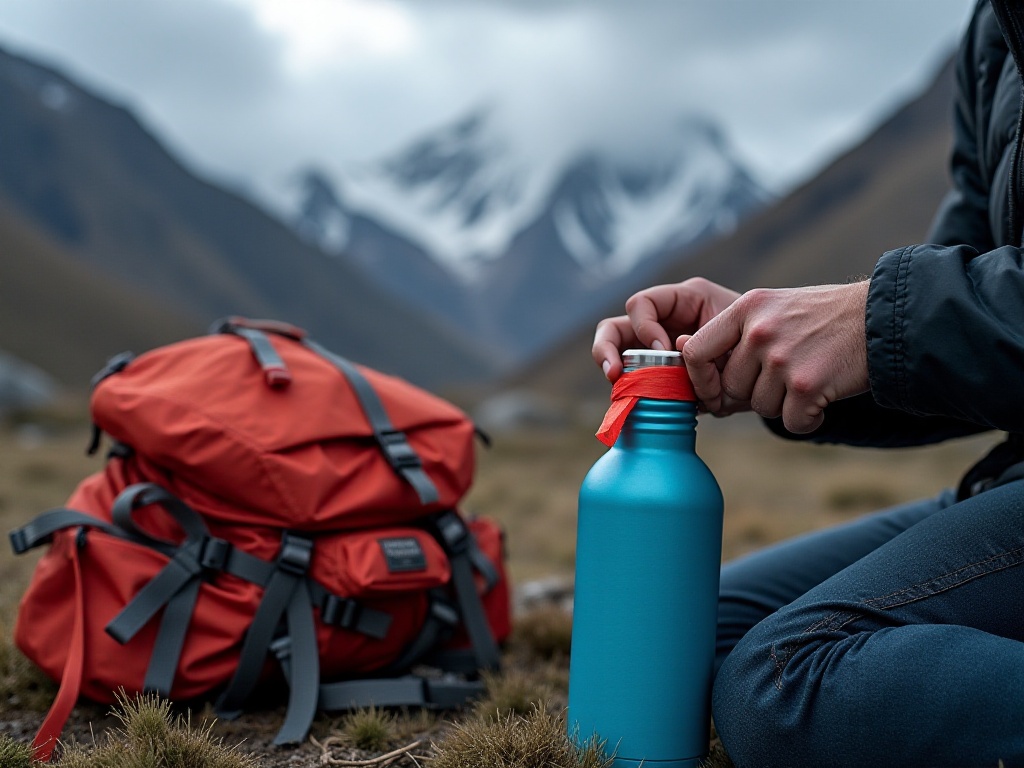
Travel Safety
After discussing equipment, let's talk about travel safety. This topic might sound serious, but it's really crucial. I've seen too many people put themselves in danger by not being properly prepared. National Mountaineering Association data shows that 90% of wilderness accidents are caused by lack of advance planning - shocking number, right?
First, you must always inform relatives or friends of your itinerary before departing, and the more detailed the better. I always send my family the specific coordinates, planned route, and estimated timeline. Why so detailed? Because in the wilderness, accidents can happen at any time. If you encounter danger and need rescue, this information can help rescue teams find you faster. I had a friend who didn't tell anyone his exact location and it took rescue teams two full days to find him after he got lost in the mountains.
Route planning is also a science. I study topographic maps in advance to understand terrain features, water source locations, and potential danger zones along the route. There are many good mapping apps now that allow you to download offline maps for navigation even without signal. However, I suggest everyone learn to read paper maps and use a compass, because electronic devices can run out of power or get damaged.
Regarding plant identification, there are endless stories to tell. Wilderness plants might look tempting, especially those colorful fruits, but never try them randomly. I've seen many people get stomach problems or even poisoned because they ate plants without knowing what they were. I recommend learning about local poisonous plants before departing, and if you can't identify something, don't touch it.
Weather forecasts must be taken seriously. I check the weather forecast for the next few days before each trip, including temperature changes, precipitation probability, and wind force. But remember, mountain weather can change very quickly, so always be prepared for bad weather. I always pack an extra raincoat and warm clothing in my backpack - better to have too much than be caught unprepared.
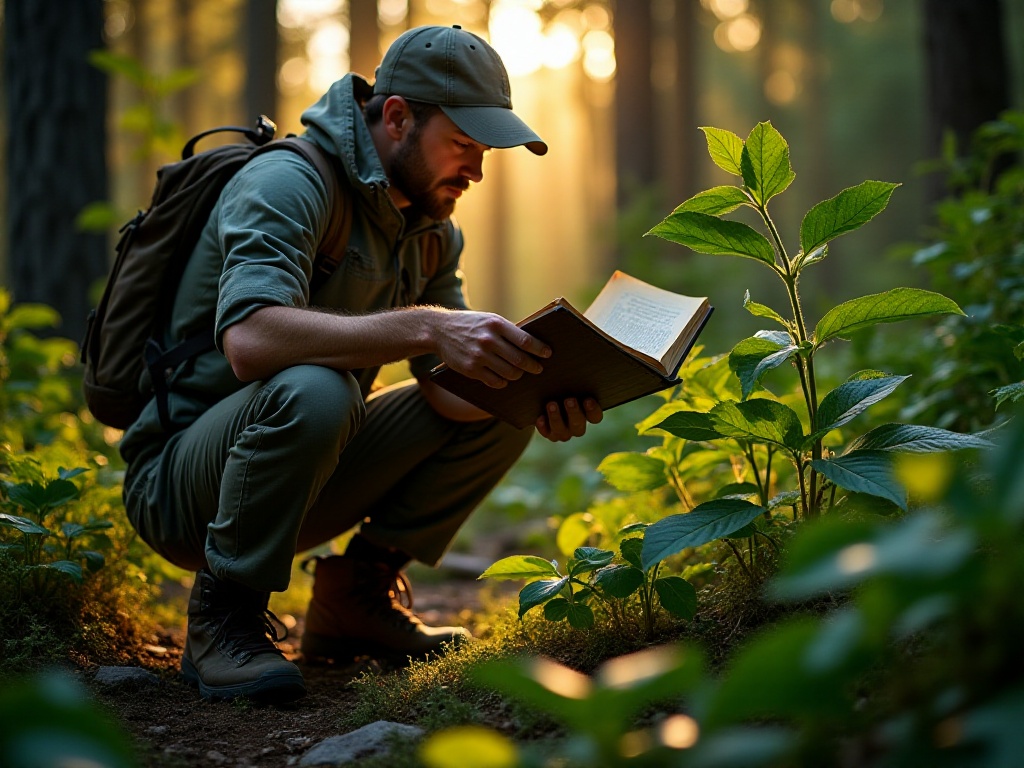
Shelter Construction
In the wilderness, a suitable shelter could be your lifeline. According to wilderness survival experts, in extreme weather, without shelter, survival time might only be a few hours. Therefore, learning to build a shelter is a basic wilderness survival skill.
My most commonly used shelter is an A-frame design, which is simple but very practical. How to build it? First, find a location sheltered from wind, preferably against a slope or large rock, using natural terrain as one wall. Then use two thick branches to form an "A" shape - this is the main framework. Next, lay smaller branches on the framework, noting that branches should be laid from bottom to top to prevent rain seepage. Finally, cover with leaves and turf - the thicker the better.
The advantage of this shelter is that even in below-freezing temperatures, it can maintain internal temperature 5-8 degrees higher than outside. I remember once encountering a rainstorm in the mountains and surviving an entire night thanks to such a shelter. The key is choosing the right location, definitely avoiding places with potential rockfall or flash floods.
If time permits, I recommend digging a simple drainage ditch in front of the shelter entrance, so rain won't flow into the shelter. The ground should be covered with thick leaves or pine branches to isolate ground moisture and cold. If conditions allow, adding a moisture barrier pad makes it perfect.
Special attention must be paid to fire safety inside shelters. First, create proper ventilation so smoke can escape. Second, control fire size - enough for warmth but not so large as to risk fire. I usually build a simple reflector wall in front of the shelter to reflect heat back inside, saving fuel while improving warming effect.
Over these years of teaching wilderness survival to newcomers, my most frequent saying is: In the wilderness, details determine life and death. Every seemingly trivial preparation, every seemingly overcautious action, might save your life at a crucial moment. I hope sharing these experiences can help more outdoor enthusiasts ensure their safety while enjoying nature.
Remember, wilderness survival isn't about challenging limits, but about better connecting with nature and experiencing life's beauty. Make thorough preparations, learn necessary skills, and then you can truly enjoy the pleasures of outdoor life.




